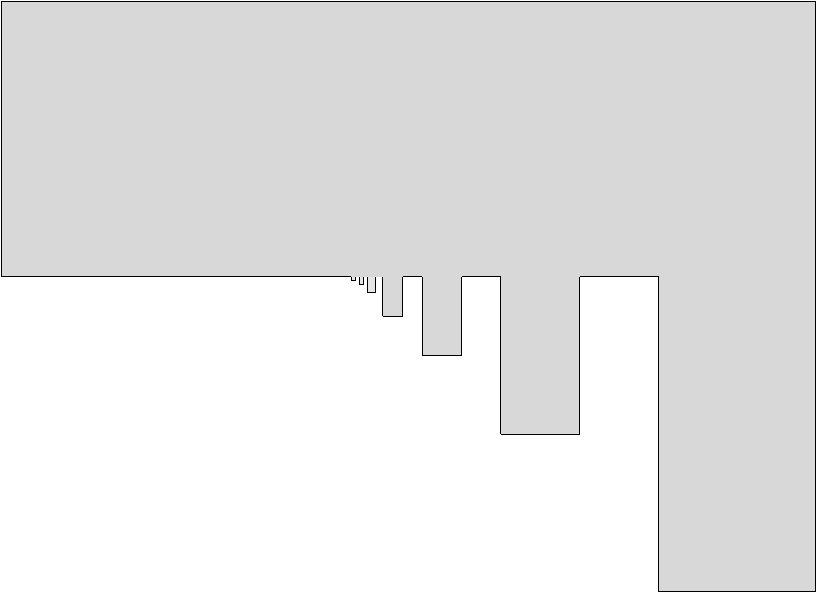I'm looking for a proof in the literature or just a proof of:
Let $\Omega\subset\mathbb{R}^d$ be an open and bounded domain with satisfying the interior cone condition with parameters $r$ and $\theta$. Let $\Omega_\delta$ be the $\delta$-interior of $\Omega$ that is
$ \Omega_\delta = ${$x\in\Omega : dist(x,\partial\Omega)>\delta$}$ $
There is a $\delta_0$ sufficiently small such that $\Omega_\delta$ for $0<\delta<\delta_0$ satisfies the interior cone condition with parameters $r/2$ and $\theta/2$.
Note: I'm also only interested when $\Omega$ lies on one side of its boundary.

